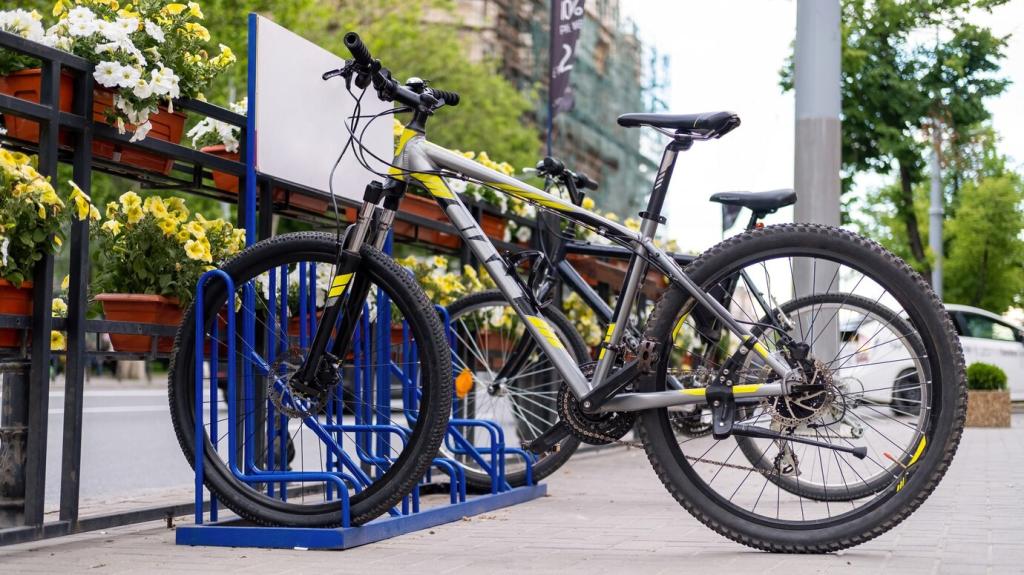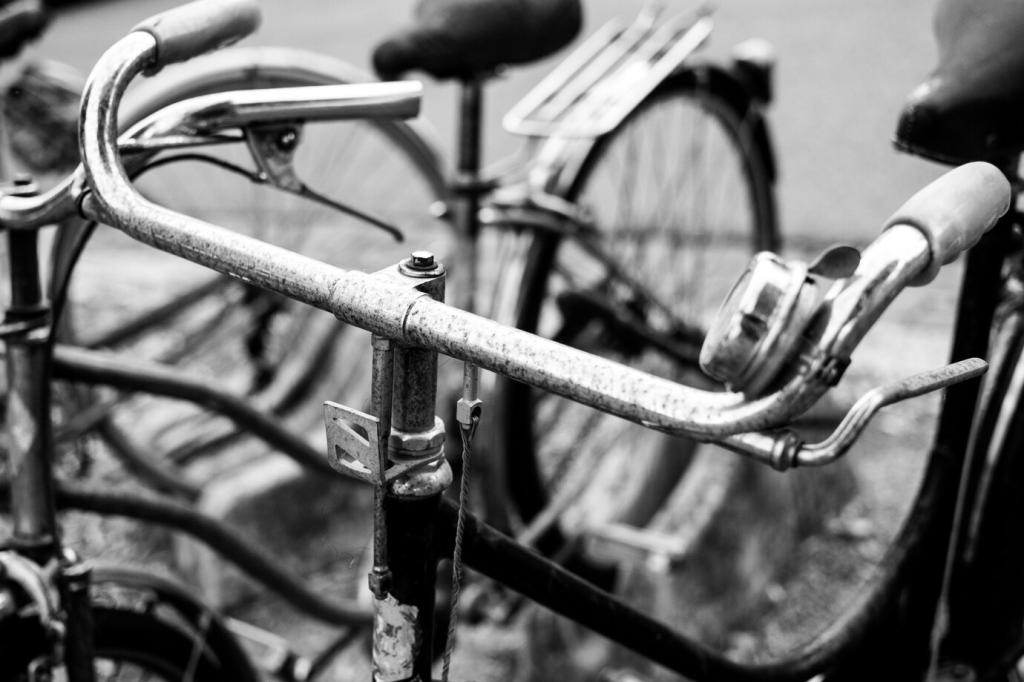
Design Features: Mountain vs Road Bikes
Chosen theme: Design Features: Mountain vs Road Bikes. Explore how geometry, components, and riding purpose shape two distinct cycling worlds, and tell us which design choices match your style, terrain, and goals.


Frame Geometry and Rider Position
Mountain bikes typically use slacker head tube angles and greater trail for confidence on steep descents and rough ground. Road bikes favor steeper angles for crisp cornering and quick line changes. Share your favorite downhill or crit cornering story below and tell us which geometry saved your ride.
Frame Geometry and Rider Position
Higher stack and moderate reach on many trail-focused mountain frames promote upright comfort and visibility over technical features. Road bikes often prioritize longer reach and lower stack for aerodynamic positioning. Which posture keeps you fresher after hours? Comment with your endurance setup.
Wheels and Tires: Width, Diameter, and Tread

Mountain tires run wider, lower-pressure casings to increase contact patch and conformity on roots and rocks. Road tires are narrower, with higher pressures for speed and reduced rolling resistance. What pressures work for your trails or tarmac? Share your PSI sweet spot and why.


Drivetrains and Gearing Strategy
Mountain bikes often use 1x systems for reliability, chain retention, and easy shifting on technical climbs. Road bikes still embrace 2x for tighter cadence steps and broader high-speed options. Which do you prefer on rolling terrain? Share your chainring choice and why it works.
Drivetrains and Gearing Strategy
Big-range cassettes paired with clutch derailleurs keep mountain chains stable over chatter and hits. Road setups focus on smooth transitions between ratios for sustained efforts. Have you noticed chain slap vanish with a clutch? Tell us how your drivetrain changed your confidence on rough sections.
Mountain bikes split between hardtails for efficiency and full-suspension for traction and fatigue reduction. Lockouts add pedaling snap on smooth climbs. Have you toggled a lockout before a sprint? Share when suspension saved a line or cost you a KOM attempt.
Suspension and Compliance
Braking Systems and Modulation
Hydraulic discs provide superior modulation and wet-weather reliability for both mountain and modern road bikes. Mountain setups often use larger rotors for heat management. Which descent convinced you discs were essential? Tell us about that moment your levers felt perfectly predictable under pressure.
Braking Systems and Modulation
Bigger rotors dissipate heat and reduce fade on long, technical descents. Pad compounds balance bite, longevity, and noise. Road riders benefit on alpine passes; mountain riders rely on control in tight switchbacks. Share your rotor size and whether you noticed a night-and-day difference.


Aerodynamics, Weight, and Durability Trade-offs
Road bikes chase aerodynamic gains with deep-section tubes, hidden cabling, and integrated cockpits. Mountain bikes prioritize clearance and steering precision over drag. When did aero changes transform your pace line? Share your fastest day and the design tweak that unlocked it.
Aerodynamics, Weight, and Durability Trade-offs
Mountain frames and components add armor: thicker sidewalls, bash guards, and chainstay protectors. Road gear favors lightness while maintaining stiffness. Have you installed frame protectors or tire inserts? Tell us how durability upgrades saved your rims or kept the ride rolling.


Join our mailing list
